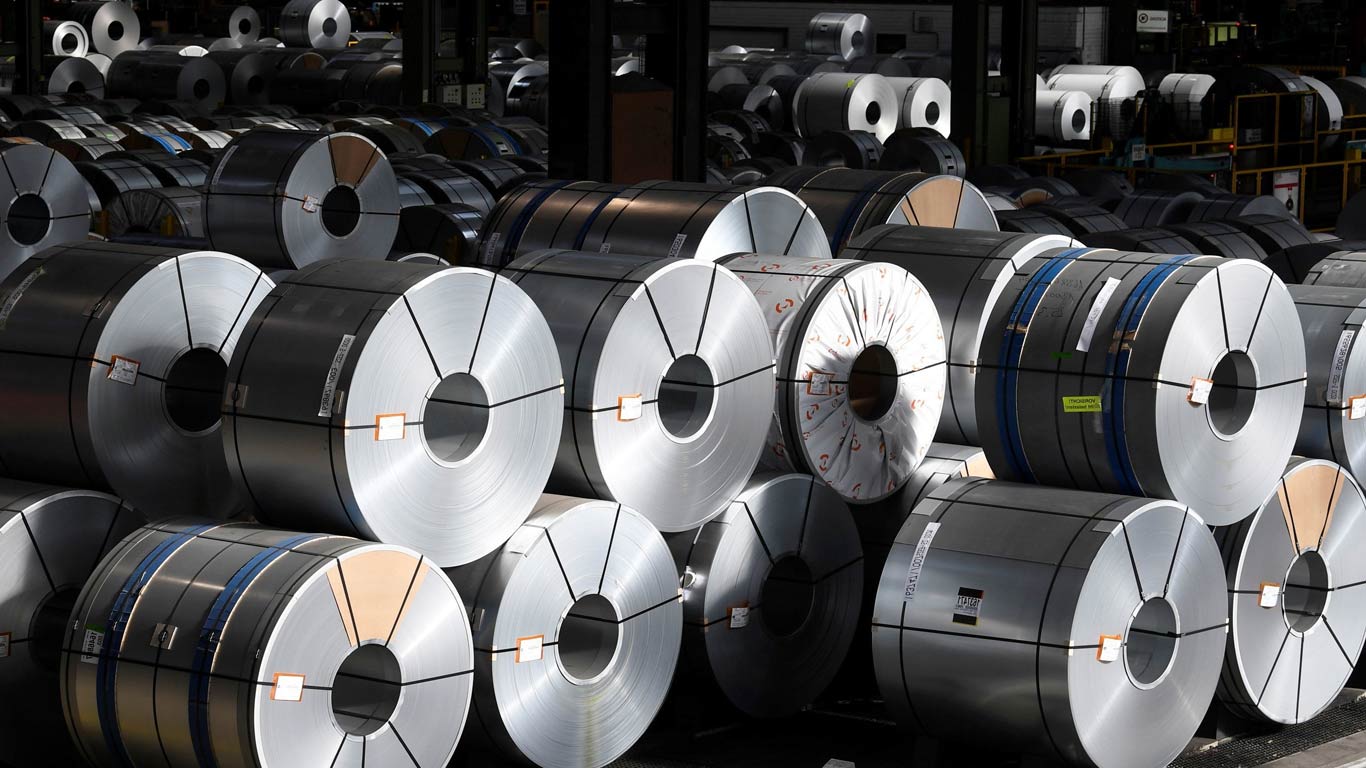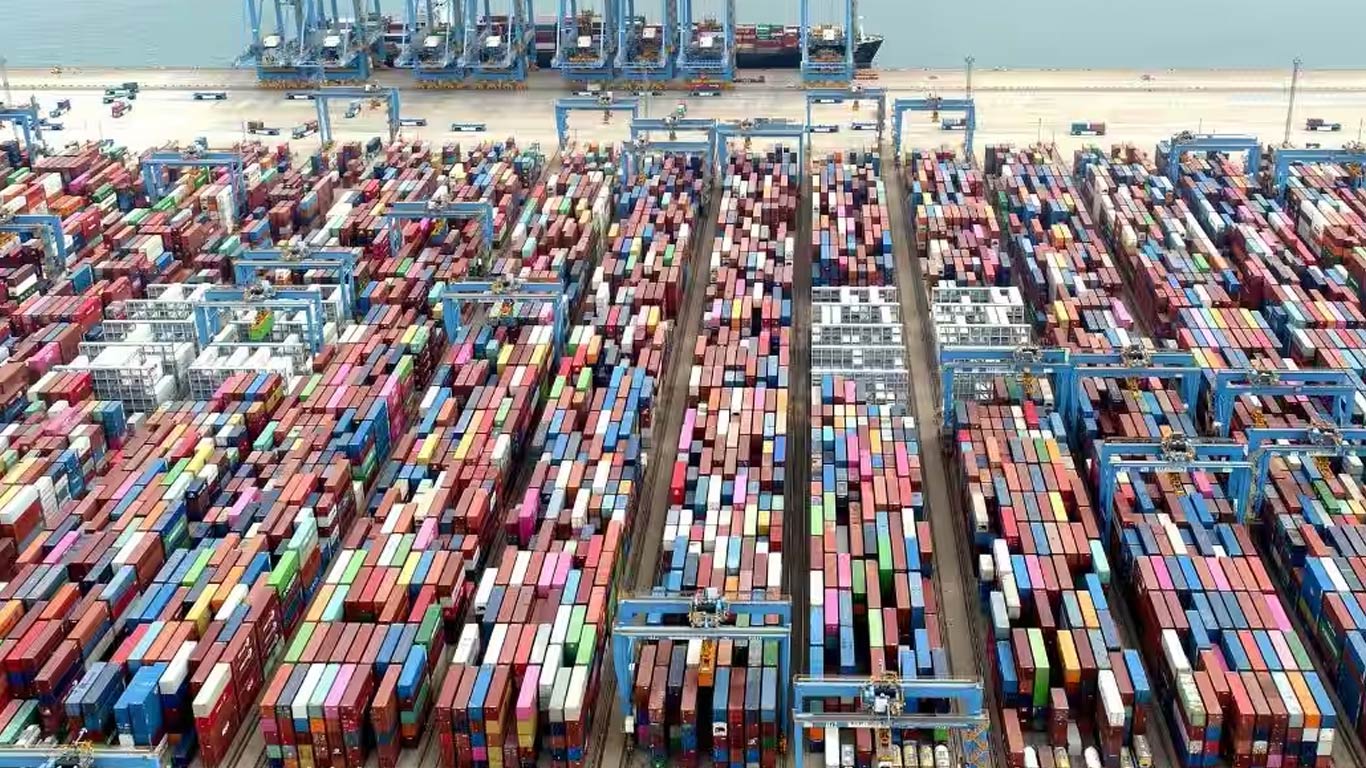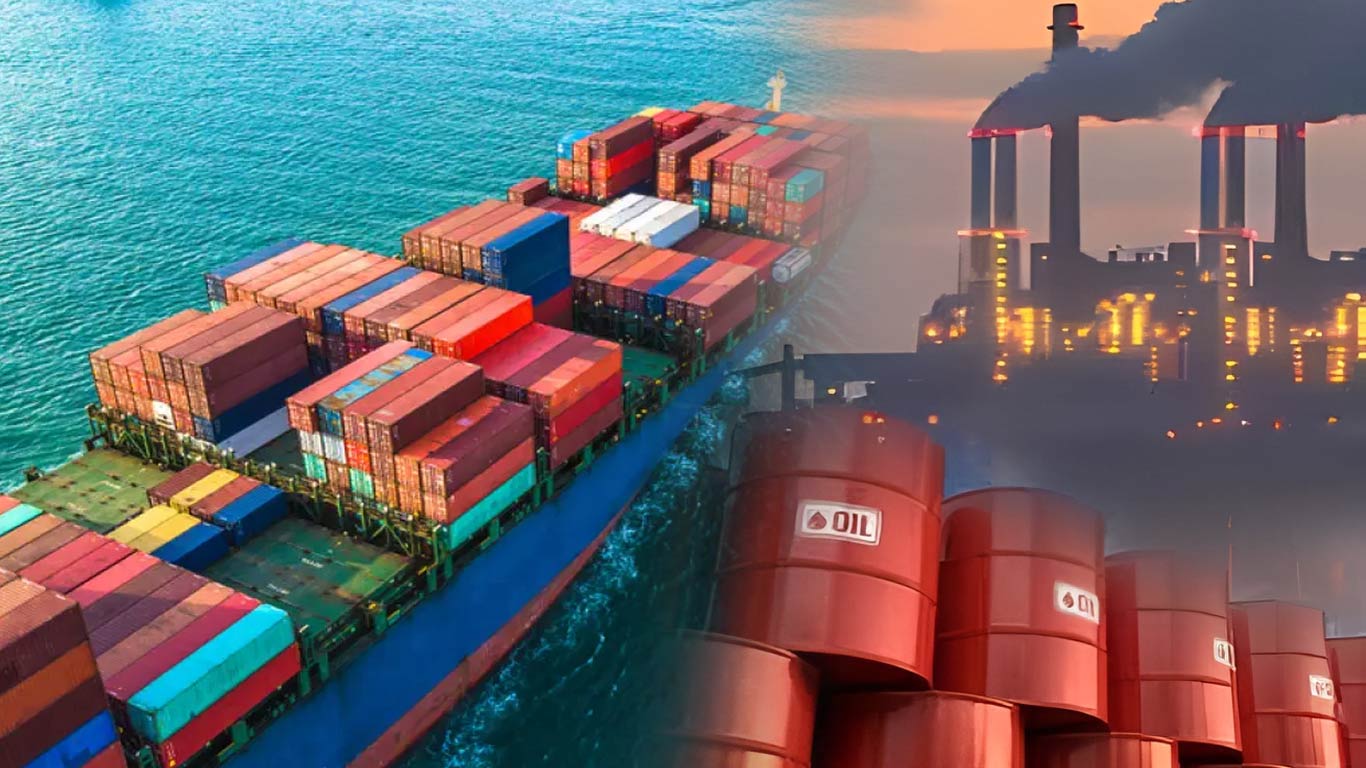India to see a 500% increase in e-waste
Updated: May 30, 2013 06:25:58pm

Further, South Africa and China will also have to deal with 400 per cent more garbage from foreign e-waste.
Referring to the incredible impact that our cities have had on the environment as evidenced from reports of massive garbage problems from Naples in Italy and Beijing in China, the report emphasized that urban waste must be reconfigured, in view of the fact that our time has run out.
“Landfills are filled and incinerators have the potential to release poisons such as dioxin. We must have a new strategy towards refuse in urban places, one that includes the design of consumables in the first place,” it said.
Even more alarming is the fact that the planet recently reached 400 parts per million of carbon in the atmosphere for the first time since the evolution of modern human beings.
The report called for intense efforts towards reversal of wasteful habits as small changes will not make a difference. “Humanity has reached its peak of one-way consumption.”
It appears that municipal waste is on the rise the world over. While China has seen a six per cent rise in the amount of municipal solid waste per year, Brazilian cities have seen a steady 10 per cent increase in waste headed for landfills.
The writer points out, that now is the time to design waste to regenerate our cities. As a first step, he suggests that thrash be reduced by considering the life cycle of objects we make.
“Things that are designed for obsolescence should be outlawed. Additionally, products must be manufactured with the intent to reuse, disassemble, take back or upcycle. For instance, instead of tossing out bottles we could adapt them for use as planters, lighting fixtures, building wall elements.”
In Zurich, individuals have to pay for waste that is simply discarded and with free citywide collection services, recycling is encouraged. As a result, over 90 per cent of Zurich’s municipal waste is recycled and sent to incinerators to produce energy.
While similar waste to energy processes can be adopted in cities like Malmo, Tokyo or Copenhagen, it would not be easy in developing cities such as Lagos or Jakarta.
Further, public awareness programmes could have some effect. In China, the Hangzhou Environmental Group sees over 10,000 tourists a year at its landfill facility. While Freshkills landfill in New York will be transformed into park that will showcase engineered nature from waste, Cuba has shown the way in conserving almost everything from cars to eyeglasses.
On the other hand, US is the leading creator of waste, making approximately 30 per cent of the world’s trash, tossing out around ¾ of a ton per US citizen per year.
The report suggests that instead of crushing objects into cubes, technology can be used to craft simply shapes into smart puzzle blocks for assembly. Those shapes could be used to fit domes, archways, windows or whatever patterns are needed. The future city would make no distinction between waste and supply as its rubbish would be refabricated to become real urban spaces or buildings.
The new city would therefore be derived from trash, although the key lies in adapting the raw material for use. Yes...challenges would be there but it would be a learning process by which inhabitants would have to learn to live in harmony. (KNN)











